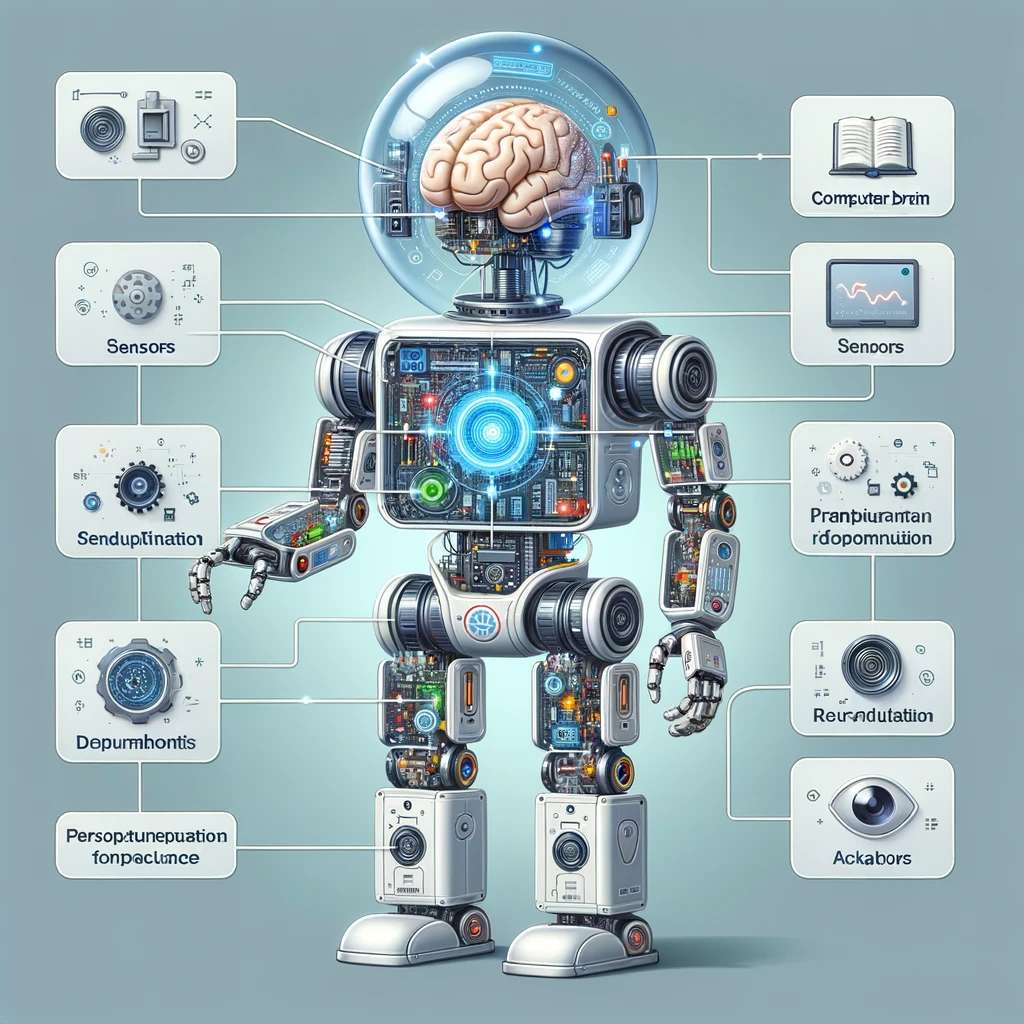Artificial intelligence (AI) is advancing rapidly, but much confusion still exists about what it can and can’t do. In this comprehensive blog post, I’ll explain the basics of AI – busting myths, outlining real-world applications, and addressing concerns like job losses. Read on for a full lowdown on the current state of this transformative technology!
What Exactly is AI?
The term was coined back in 1955 to mean training computers to imitate human learning and intelligence. The goal is to enable systems to analyze information and draw inferences beyond just following coded instructions.
While true thinking machines don’t exist yet, AI has become adept at pattern recognition using approaches like:
- Reinforcement learning: Provide feedback on tasks so the system iteratively improves. Used in robotics.
- Neural networks: Loosely modeled on the brain; analyze huge datasets to make predictions. Used in computer vision.
- Generative adversarial networks (GANs): Two networks compete – one generates content, another judges quality. Used in creative applications.
So in a nutshell, AI refers to computers exhibiting human-like intelligence in narrow tasks through statistical learning approaches.
Chatbots – The Poster Child of Modern AI
The AI application capturing most public attention currently is chatbots like ChatGPT. These are trained on massive text datasets to generate conversational responses.
Ask ChatGPT a question, and it will reply with surprising coherence. Tell it to summarize a novel or compose a poem, and it obliges convincingly! This is thanks to AI’s pattern matching prowess.
But chatbots also make silly errors by focusing too much on patterns. Asked whether a pound of feathers or steel weighs more, ChatGPT gets confused by the twist. And Google’s Bard goofed up a space telescope fact recently.
So while chatbots seem impressively intelligent, they fundamentally lack true understanding. Their capabilities are confined to statistical predictions within their training data.
Deepfakes – Using AI for Audio/Video Trickery
Another increasingly mainstream AI application is deepfakes – using neural networks to generate fake but realistic images, videos, and audio.
Doctored videos of celebrities and influencers are already alarmingly common on social media. Startups are offering voice cloning services, with implications for fraud. As the tech becomes accessible to everyone, experts warn of an impending surge in AI-powered misinformation and scams.
While most current deepfakes have some giveaways, the technology is evolving rapidly. Soon it may get impossible to tell AI creations from real content. This presents a unique new threat in the digital world.
Jobs, Weapons, and Existential Risks – Assessing the Dangers of AI
AI provokes both utopian and dystopian visions. Some fear it could even spell doom for humanity if powerful systems spiral out of control.
While AI weapons and job losses are concerning real risks, the current state of the technology doesn’t support sentient Terminator robots bent on destroying mankind. Those remain squarely in the realm of science fiction.
That said, experts advocate for regulations and oversight frameworks as AI advances. There are reasonable worries about military applications and financial systems relying blindly on black-box algorithms.
Prominent scientist Elon Musk has described AI as potentially more dangerous than nuclear weapons. Global coordination efforts are needed to address emerging challenges responsibly.
Will AI Take Away Our Jobs?
In the short run, AI will more likely transform jobs rather than wholesale eliminate them. While certain roles like transcription clearly face disruption, most workers are expected to adopt AI as another productivity tool – similar to spreadsheets or email.
But longer term, the technology could automate a substantial chunk of tasks humans currently do, disproportionately affecting white-collar information workers. Law firms are already utilizing GPT-based tools.
The key would be re-training and job transition support programs to ensure society benefits from AI’s efficiencies and productivity gains, rather than just displacing large swathes of people.
Exploring AI Yourself
To experience today’s AI, try chatbots like ChatGPT and Bing. Experiment with image generation using Dall-E 2 and Midjourney. Notice the AI working quietly in smartphone apps.
While AI hasn’t yet achieved the flexibility and common sense of human cognition, its ability to parse patterns already makes it a versatile technology. We hope this post has provided a balanced overview of the promise and limitations of artificial intelligence! Let us at DBGM Consulting know how we can take your company into a positive direction with AI.

